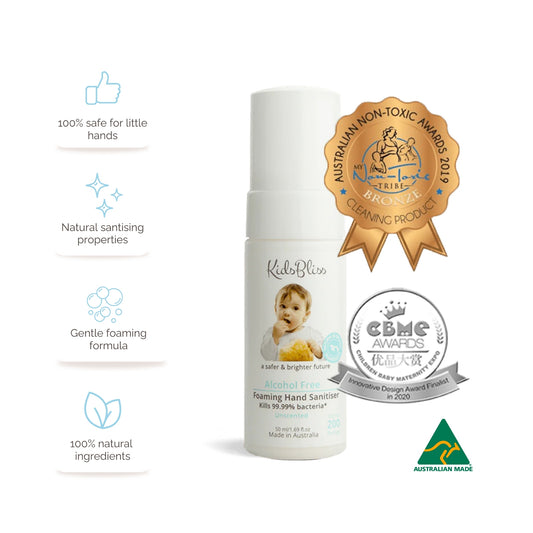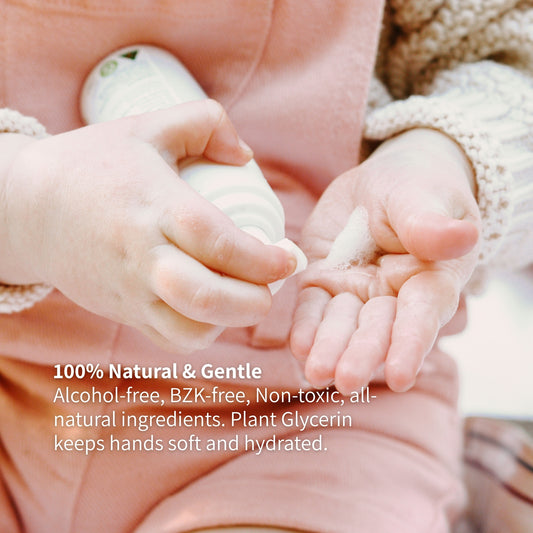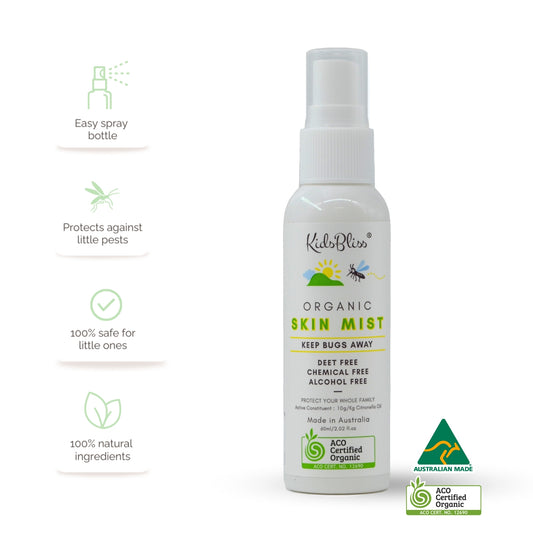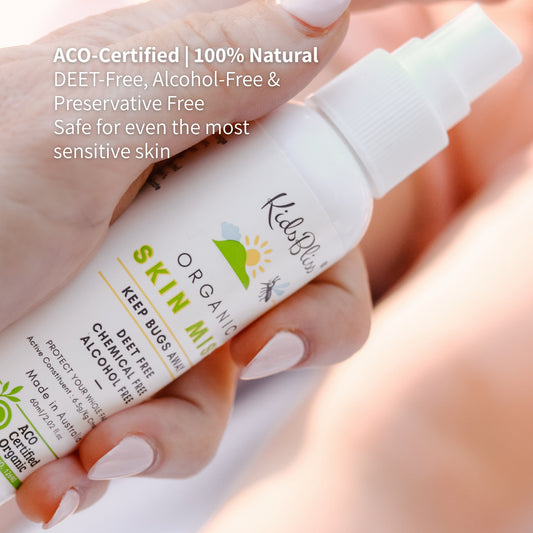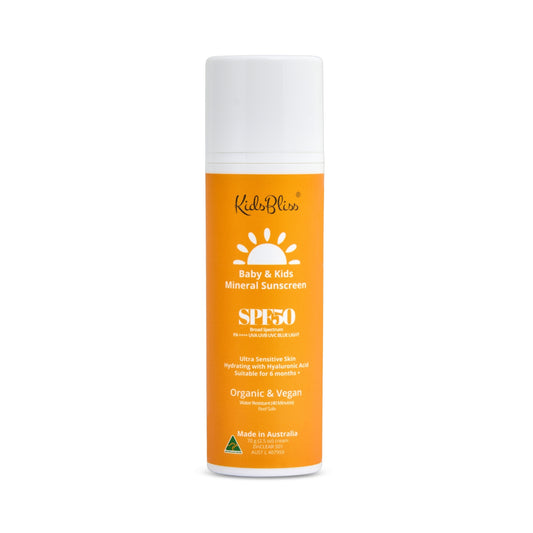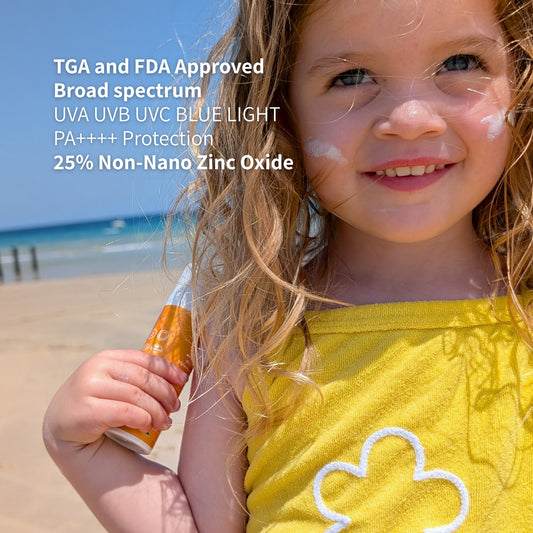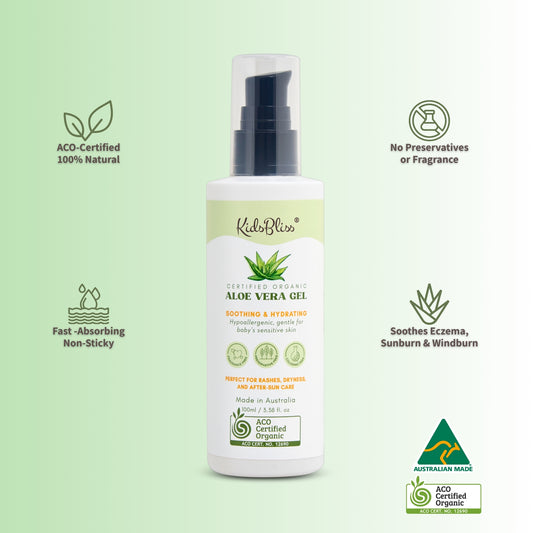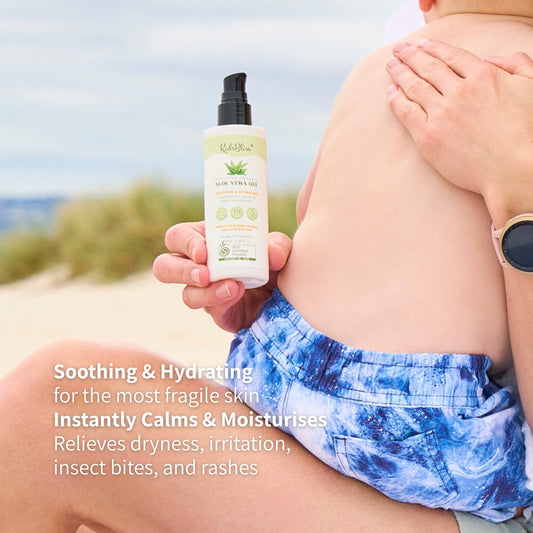Baby-led weaning is nothing new – it’s actually a traditional form of weaning dating back many, many generations! Here’s some insight into what it is, the benefits, and how to start.
What is baby-led weaning and what are the benefits?
This is a weaning process where your child is allowed to set their own pace and independently begin their own weaning process. The idea is for your child to encounter food more naturally, which helps:
- Avoid picky eating habits
- Teach early self-regulation skills
- Support hand-eye coordination, dexterity, and chewing skills
- Simulate curiosity, learning, and exploration
- Save money – those purees and baby meals are expensive!
When to start
Most children can start this process between 6 and 9 months of age, but every child is different. Since you want them to be able to take the lead in this process and eat independently, the basic requirements to start are that your bub can sit in a highchair unassisted, is able to hold their head up well and bring their hand to their mouth, and is able to chew with up-and-down jaw movements.
How to introduce baby-led weaning
Start by getting a quality highchair with a food tray so that your bub can join you at the table. Remember, this will be a messy experience, so it’s best to have them join meals before bath time, wearing clothing and bibs that are easy to wash!
Once your bub is settled, start them off with basic foods like banana, kiwi, mango, avocado, scrambled eggs, flaked salmon or tuna, and steamed broccoli. Foods should be soft and squishy, and either minced/shredded or in big enough strips so that they can grasp them with their whole hand. Start slowly with just one or two different foods to try per day. This will let their digestive system adapt and avoid overstimulating them with too many flavours and textures. During this stage, breast milk or formula is still the main food source, or you can supplement with purees and spoon-feeding.
As your bub gets used to these new skills, you can introduce different foods and greater variety, slowly decreasing spoon feeding, bottle, or breastfeeding.
Safety tips for baby-led weaning
Baby-led weaning is messy, fun, and builds useful skills, but there are some basic safety tips for all parents to follow:
- No firm or whole foods – Always cut up grapes and berries
- No crunchy or sharp foods like popcorn, nuts, and chips
- No hard, raw foods
- No very sticky foods like peanut butter
- No honey (botulism risk)
- No allergens unless you are following your paediatrician’s advice
- No distractions – Always focus on your child while they are eating
And, most importantly, no stress! Embrace the mess and fun of it all, and if your bub is struggling, it’s 100% okay to bring in some spoon feeding to help them out.
And when mealtime is over, bath time begins! Celebrate the bonding time you had together and the milestones you reached with a gentle, soothing bath and a natural bath wash and shampoo that will clean away all traces of stickiness.


